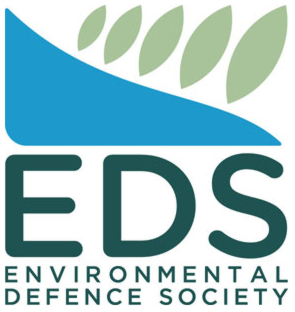Auckland Conservation Board Speaks Out About Vehicles On Beaches And Risk To Threatened Species And Dune Habitat
The Auckland Conservation Board is appealing to visitors to some of Auckland’s most popular beaches this summer to avoid driving over the sand dune areas.
Currently in the Auckland region driving is permitted only on Karioitahi and Muriwai Beaches, with a short-term summer ban announced for Muriwai Beach. Both beaches are busy shared environments, with strict rules in place for vehicle users to ensure the safety of beachgoers and vehicle users alike.
However, the Auckland Conservation Board says both beaches are also home to particularly fragile dune systems and native biodiversity that need to be protected; and is asking visitors to please be mindful of this when out enjoying our beautiful beaches.
“Auckland is experiencing a great loss of biodiversity, due to the increasing pressures of urban and industrial growth across the region. Over time the dunes have also been eroded due to heavy vehicle usage, high tides and the impact of climate change,” says Ms Mayes. “While significant dune protection work has been undertaken to protect them from erosion, vehicles are still being driven through areas where they are not permitted, and this is also having a major impact on threatened native species which tend to live and nest in, and around, the dune areas.”
Ms Mayes says populations of shorebirds that breed and roost in these ecosystems, such as the at-risk northern NZ dotterel, variable oystercatcher and banded dotterel (threatened) are vulnerable to disturbance, predation, weather and other natural events. It is important for people to help in any way they can to ease the stress of raising chicks on our beaches over the summer.
“It is imperative visitors to the beaches stay away from the dunes – this means all vehicles, including ATVs and motorbikes. While it might seem fun to drive over the dunes, vehicles can damage plant populations, including native plants such as pingao (golden sand sedge, an at-risk species) and spinifex, which can subsequently undermine the structure of the dune systems and put them at risk of further erosion. Driving over dunes is also a safety risk as vehicles can easily roll or become trapped in the sand.
Ms Mayes adds that it is important to note that driving vehicles on beaches such as Muriwai poses a threat to seals, which are at risk of being hit by the vehicles – especially during high tides.
“If you have to drive on beaches, do not drive vehicles closer than 50 metres of a marine mammal if you can, and give seals and sea lions space – stay at least 20 metres away.”
“Summer is also an especially busy season for Aotea (Great Barrier Island). We’d like to remind visitors to the island to avoid driving on estuaries and beaches such as Kaitoke, Awana, Medlands and Whangapoua.”
“Ultimately, we wish for all Aucklanders to be able to enjoy our stunning beaches in the long term, but for this to happen we need to ensure that vehicle access on these beaches is limited to the areas in which they are permitted, and that all users adhere to the rules and guidelines as outlined by the Auckland Council,” says Ms Mayes.
“It’s also worth reminding every visitor to our beaches this summer to be mindful of the native species that nest in and around sand dunes; and help protect them by keeping dogs on a lead and taking their rubbish home with them – we need to keep our beaches clean so they can continue to be enjoyed by us all.”
The Auckland Conservation Board is an independent public advisory body that works in partnership with local communities and iwi to represent local interests in Auckland’s conservation management.
Nominations for Conservation Board appointments in 2021 are now open. Visit the Department of Conservation website (https://www.doc.govt.nz/) to learn more about what it means to be a Conservation Board member and how to submit a nomination.


 Gordon Campbell: On Why The Regulatory Standards Bill Should Be Dumped
Gordon Campbell: On Why The Regulatory Standards Bill Should Be Dumped Inland Revenue Department: Tax Assessment Period A Prime Time For Scams, Expert Warns
Inland Revenue Department: Tax Assessment Period A Prime Time For Scams, Expert Warns Students Against Dangerous Driving: SADD And AA Celebrate 40 Years Of Tackling Youth Harm On NZ Roads
Students Against Dangerous Driving: SADD And AA Celebrate 40 Years Of Tackling Youth Harm On NZ Roads NZ Labour Party: Timid Tariff Response Fails New Zealanders
NZ Labour Party: Timid Tariff Response Fails New Zealanders NZ National Party: National Party Bill To Crackdown On Anti-social Behaviour
NZ National Party: National Party Bill To Crackdown On Anti-social Behaviour Te Whariki Manawahine o Hauraki: 'No One Came' - How Māori Communities Were Abandoned During Cyclone Gabrielle
Te Whariki Manawahine o Hauraki: 'No One Came' - How Māori Communities Were Abandoned During Cyclone Gabrielle Government: WorkSafe Makes Significant Shift To Rebalance Its Activities, Launches Road Cone Hotline
Government: WorkSafe Makes Significant Shift To Rebalance Its Activities, Launches Road Cone Hotline


